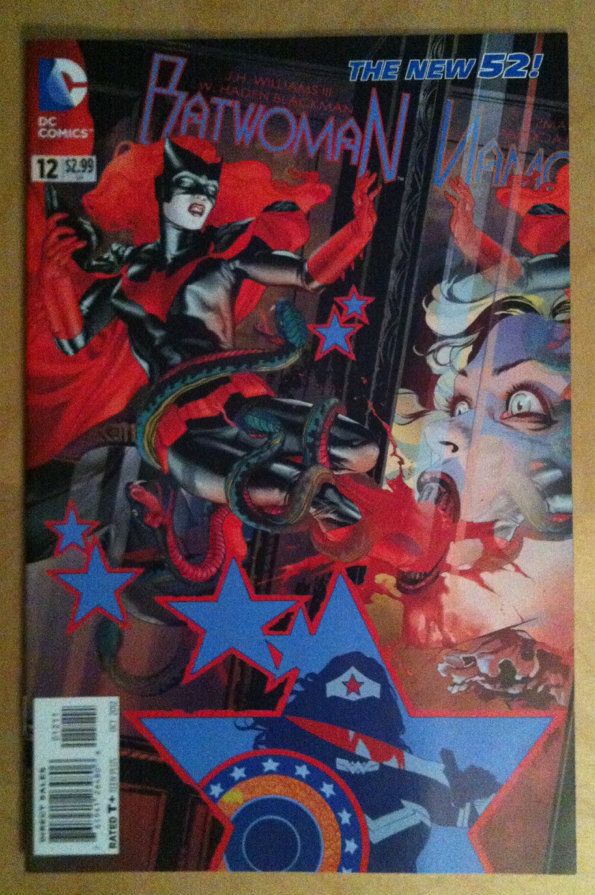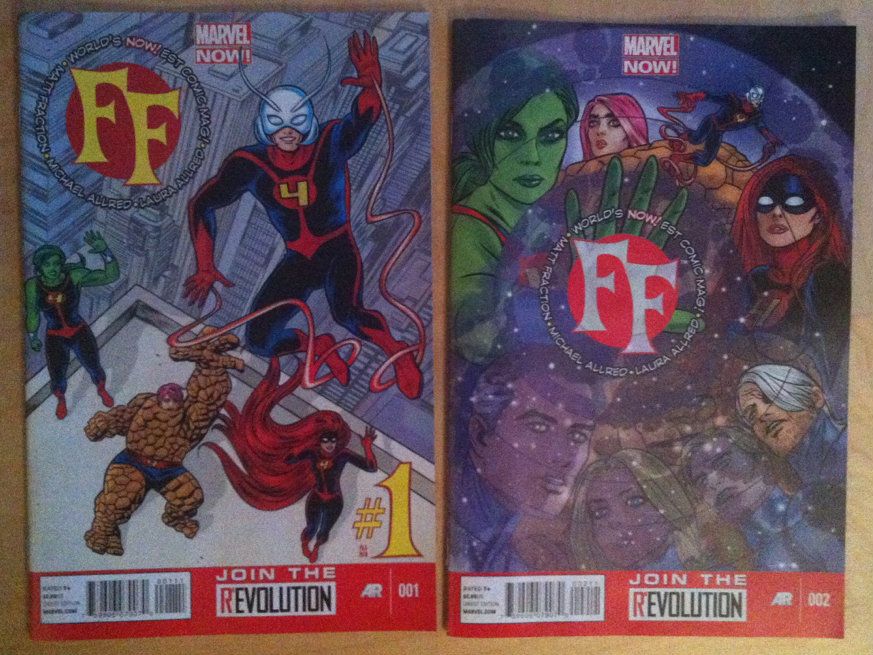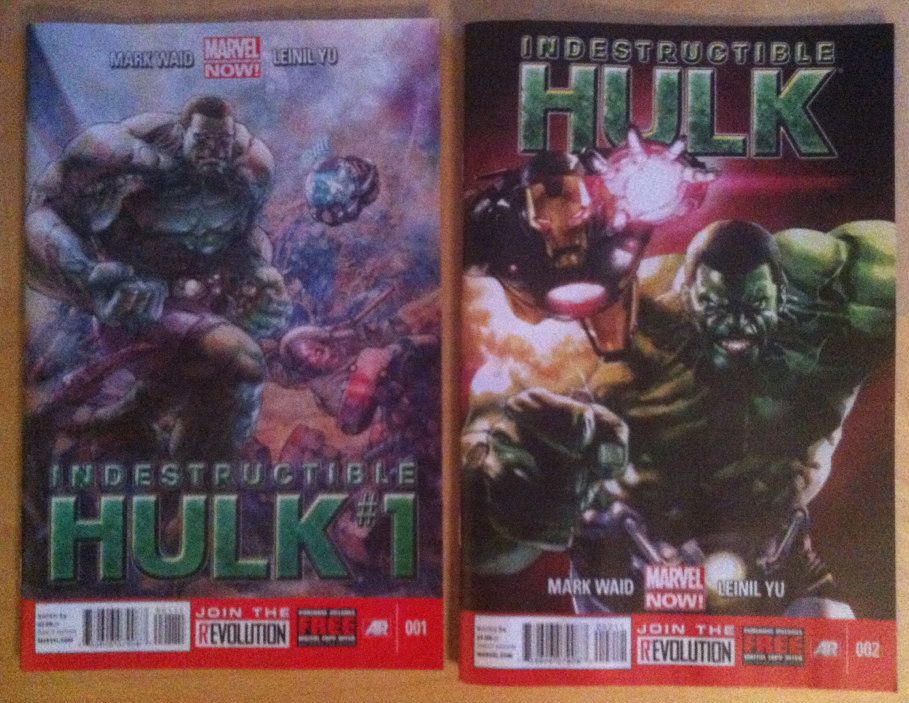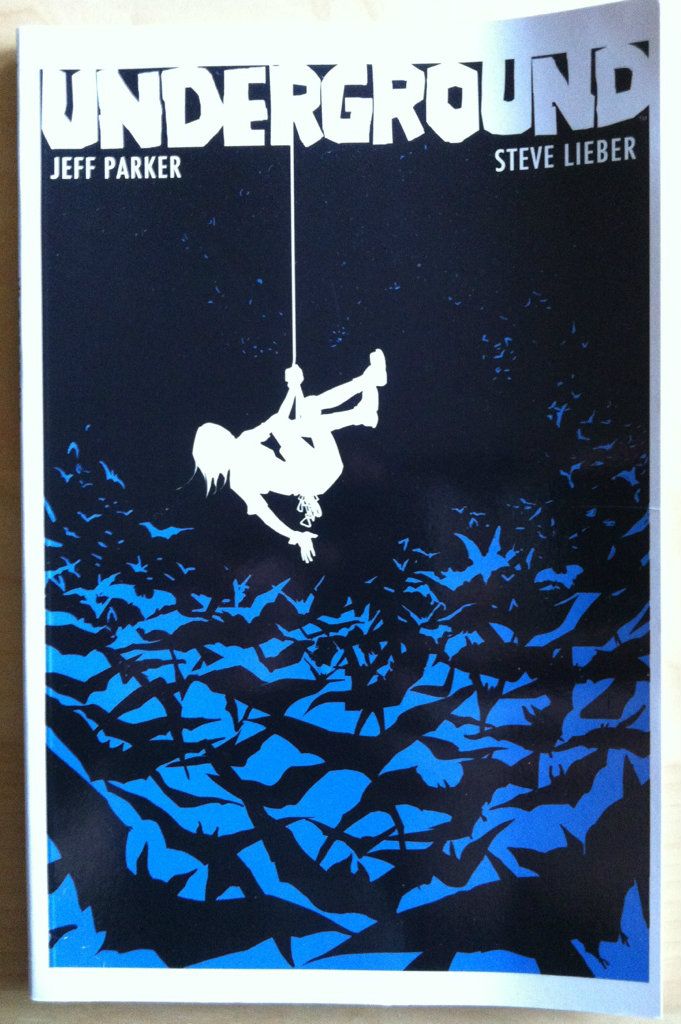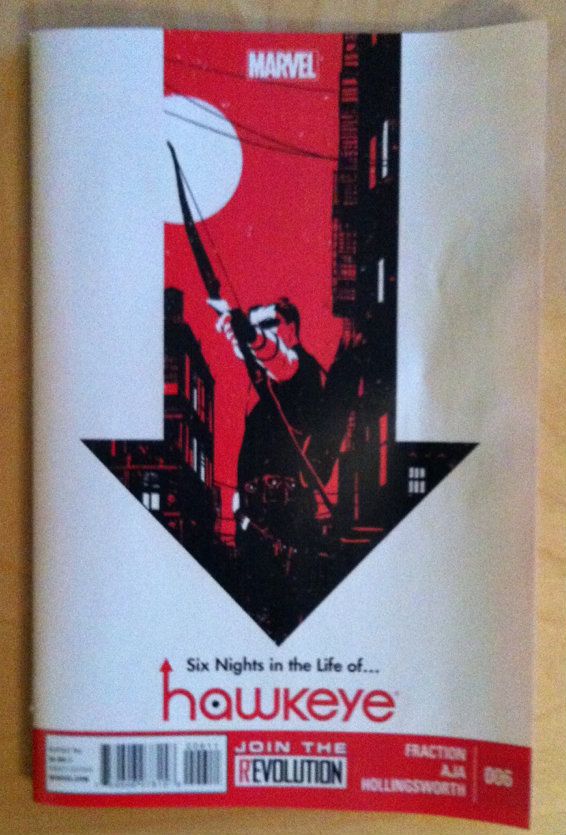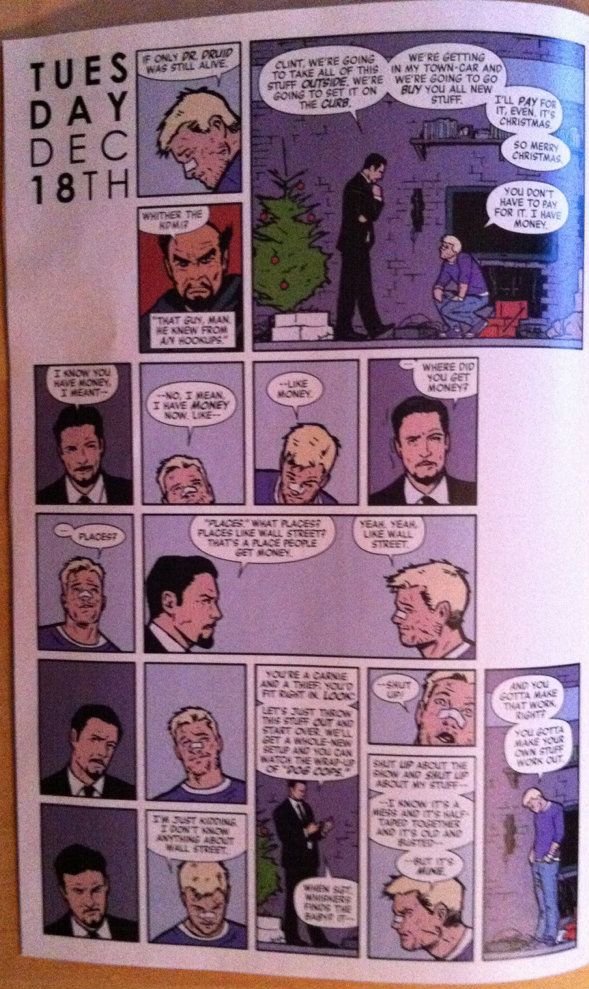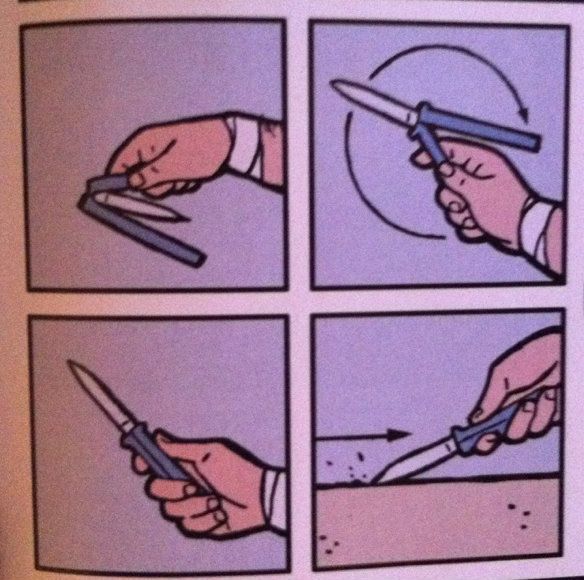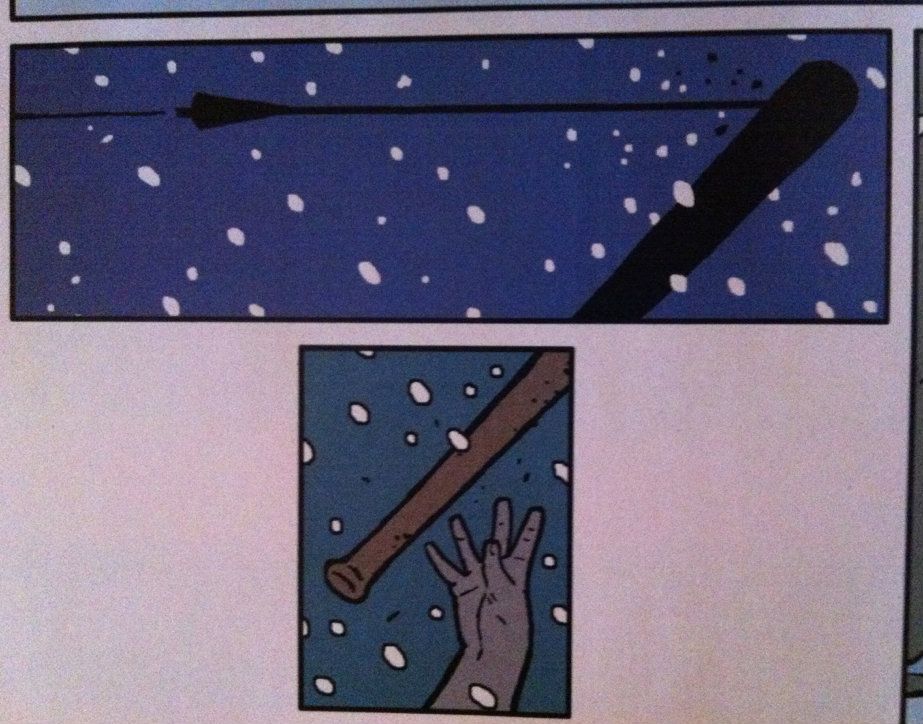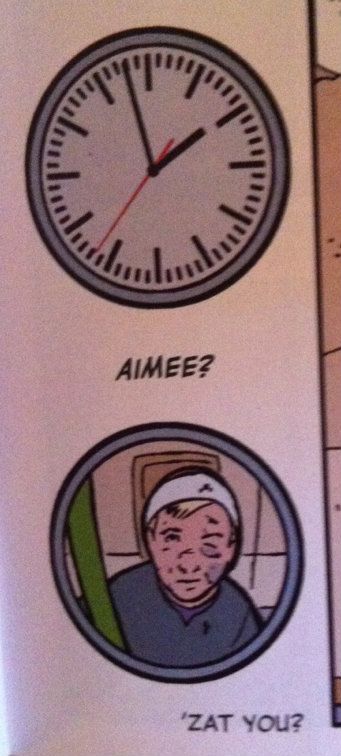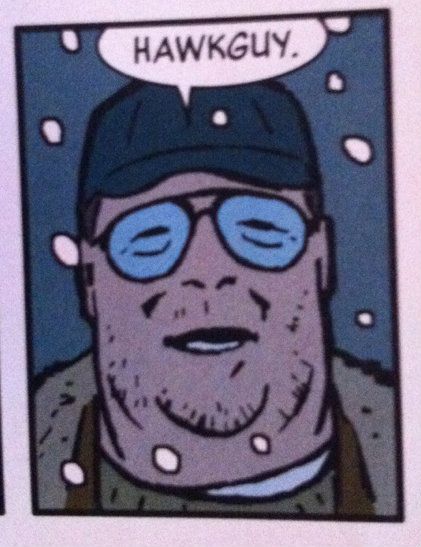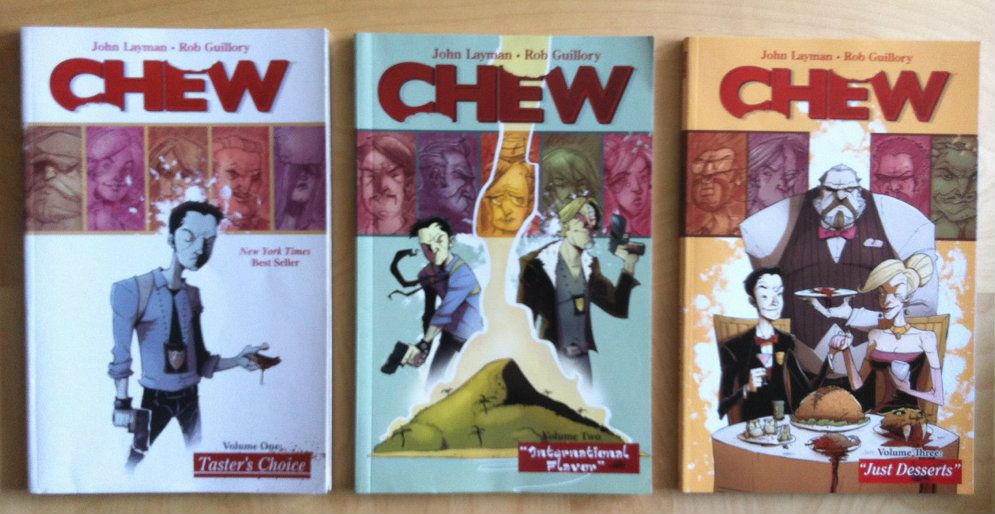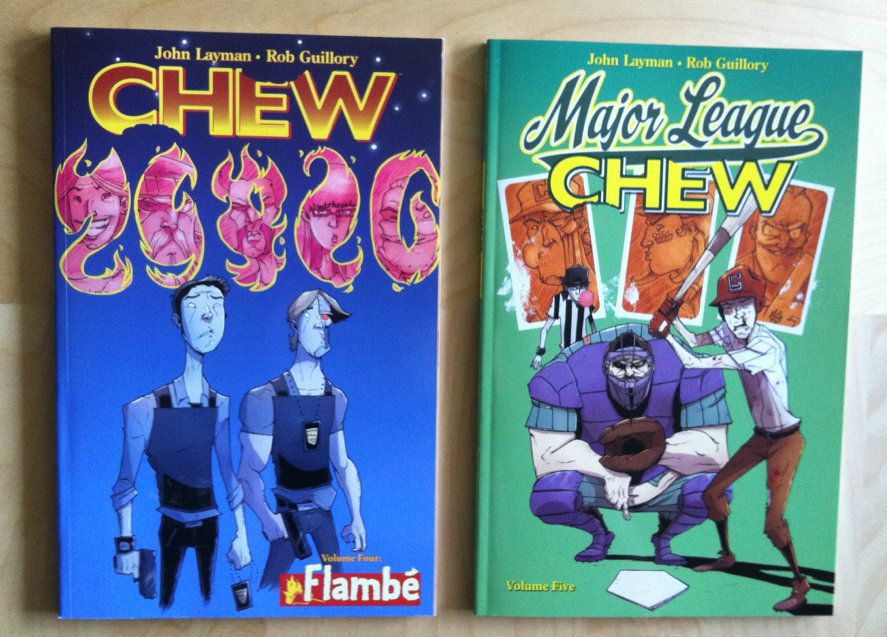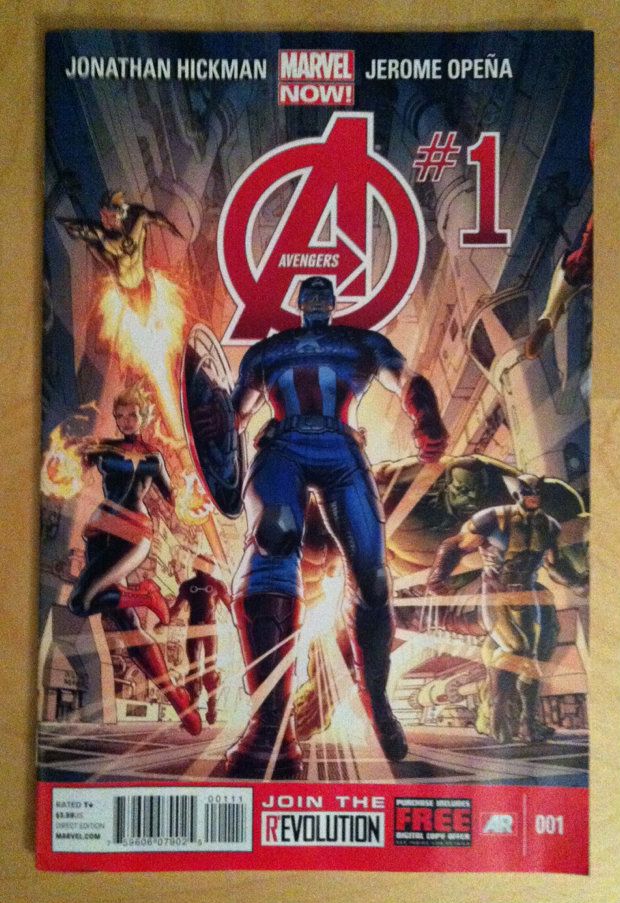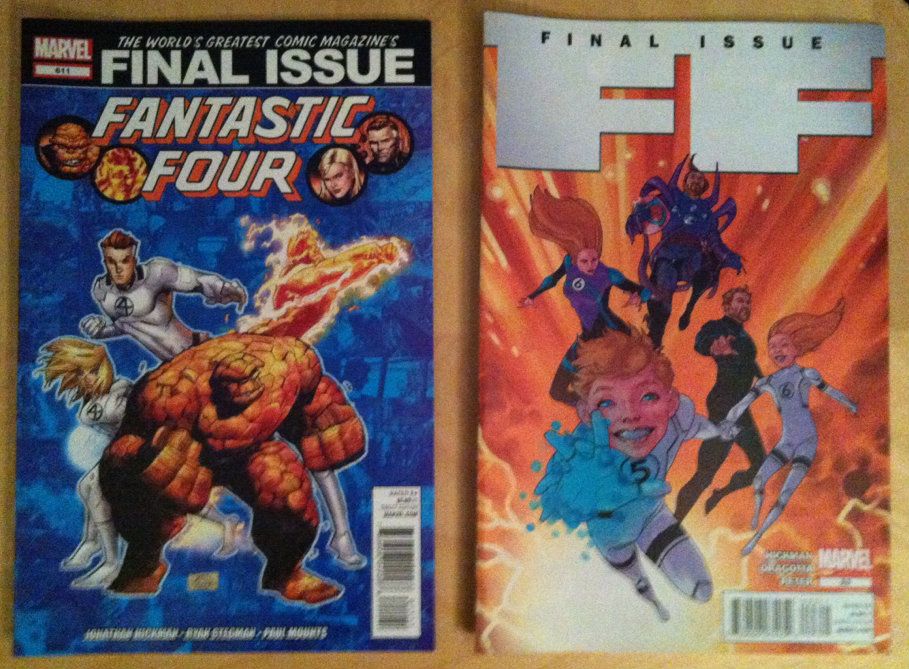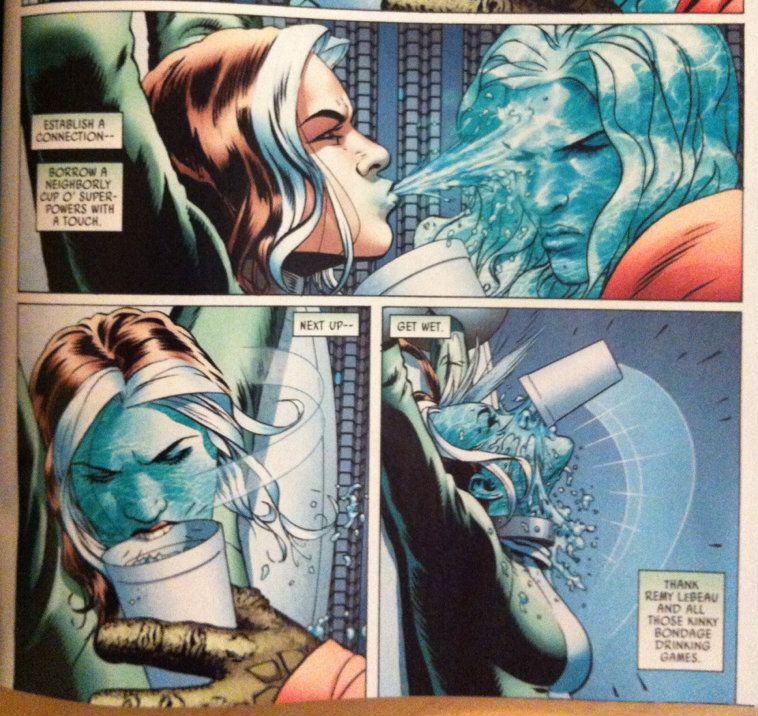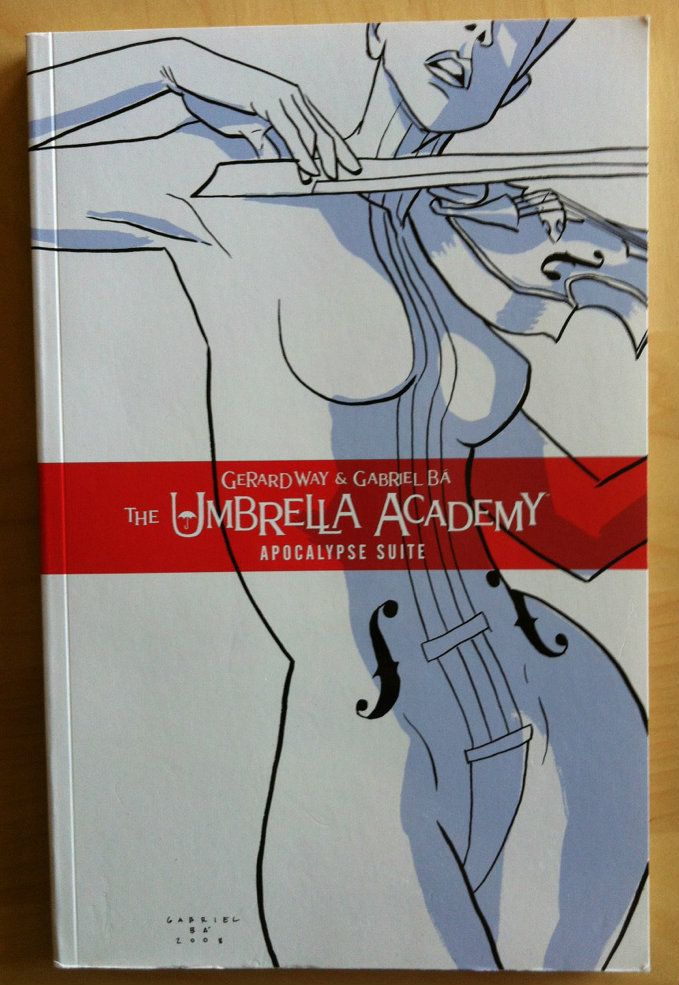My Little Pony Friendship Is Magic #1 sold very well. Apparently top twenty comics for the month well.
I think this is interesting.
Frankly, it's interesting in a lot of ways. It is interesting that yet another book that directly ties in with a successful television program does well (a la Walking Dead). It is worth noting that this book was targeted at children and did very well in a market dominated by adults. Bronies, as a phenomenon, are endlessly fascinating. But I'm most interested in how the high sales of My Little Pony tell us about audiences.
Okay, now this entire argument is goin to hinge on two generalized assumptions, and I'd like to throw out some caveats before we get going so I sound a little less stupid.
- Generalizations are imperfect, they never capture the fractal detail of real life. So, you know, bear that in mind.
- People gonna like what they like. Which is to say that things made for children can also interest adults or that girls can like things made for boys (or vice versa). Whatever you like is completely legitimate and should be celebrated. (Unless it's murder or something.)
- I think creators set out to make the best things they can and that appeal to the widest possible audience. I think it is the business/editorial side that is more concerned about specific audience demographics. I also think that since publishing is ultimately a business these demographic concerns affect which comics actually get made. Which is an unnecessarily complicated way of saying comics are made with an audience in mind.
- The notion of media "for girls" and "for boys" is problematic. Gender binaries are just about the biggest generalization in the world, and to assume everyone with the same set of genitals thinks the same way or likes the same things is dumb (see caveats 1&2). Getting into why all of this is problematic or the root causes of this is way beyond the scope of this, and honestly should be written by someone way more qualified. I just want to make a small point about Magical Friendship Pony comics.
(Is anyone still reading this?)
Okay: without further waffling these are the assumptions I'm making:
- The majority of superhero comics, whether actively or passively, are being made to satisfy an existent market of adults already purchasing superhero comics.
- My Little Pony Friendship Is Magic was made primarily for an audience of female children who are not well represented or catered to in the current superhero heavy comic market.
- All New X-Men #1
- Batman #14
- Captain America #1
- Deadpool #1
- Indestructible Hulk #1
- Iron Man #1
- Fantastic Four #1
- Uncanny Avengers #2
- Justice League #14
- Thor God of Thunder #1
- All New X-Men #2
- X-Men Legacy #1
- Amazing Spider-Man #698
- FF #1
- My Little Pony Friendship is Magic #1
- Green Lantern #14
- Batgirl #14
- Batman and Robin #14
- Detective Comics #14
- Iron Man #2
- Deadpool #2
- Thor God of Thunder #2
- A+X #2
- Action Comics #14
- Masks #1
If we graph this list by genre we get:
And if we graph them by audience we get:
Look, I think the world, well, north America, often forgets that comics are a medium and not a genre. Which is to say you can tell any kind of story and not just superheroes. And while clearly Superhero comics are popular, books that target other audiences can eche out success.
Which I think speaks to a bigger and maybe overlooked issue: everyone who wants to read superhero comics already is. They are also already spending all of the money they are willing to on Superhero comics. By making a comic that is not a Superhero comic you potentially target a different audience with money to spend, or the same audience in a different enough way that they may justify spending additional money. (See eventually upcoming pt. 2 for more on this idea).
And at the end of the day, I think the value of genre diversity is the lesson of the success of My Little Pony Friendship is Magic #1.
And at the end of the day, I think the value of genre diversity is the lesson of the success of My Little Pony Friendship is Magic #1.
(1): List is from here.


